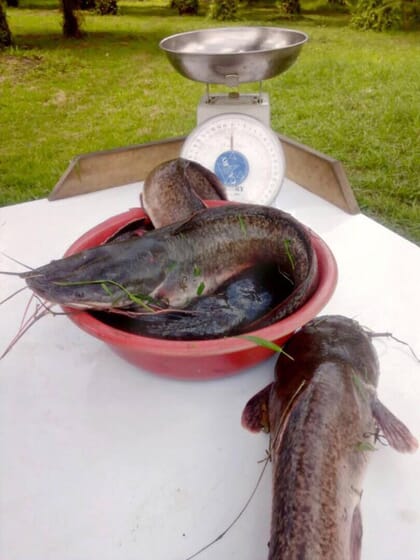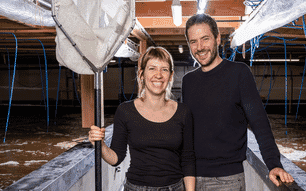So concluded a team of researchers from Bogor Agricultural University, in Indonesia, who have recently completed trials to evaluate the utilisation of biofloc meal as a feed ingredient in enhancing the growth and health status of African catfish (Clarias gariepinus) juveniles.

Bioflocs, which are increasingly used in aquaculture, are created by adding carbon-rich and protein poor materials, such as molasses, to an aquaculture system in order to stimulate the heterotrophic microbial conversion of nutrient waste into microbial biomass through balancing the carbon/nitrogen ratio.
The resulting biomass, known as biofloc, not only contains various microorganisms – such as bacteria, yeast and microalgae – but also micro and macroinvertebrates, extra polymeric substances and suspended solids and it can be used to supplement feeds in situ within a pond system or, alternatively collected and used as a feed ingredient - biofloc meal.
The latter was the subject of this research and the participants set up two experiments – the first looked into the comparative digestibility of biofloc meals produced with tapioca and molasses and concluded that the digestibility of dry matter, protein, lipid and phosphorus of biofloc grown using molasses as the carbon source were considerably higher than in bioflocs produced using tapioca (p < 0.05).
The second trial examined how inclusion of four different levels of biofloc meal – 0, 5, 10 and 20 percent - had on the fish growth performance, feed utilisation, immuno‐haematological response, antioxidant status and robustness against environmental stress.
They concluded that including either 10 or 20 percent of biofloc meal in the diets resulted in higher feed intake, fish growth and final biomass, as well as a better protein efficiency ratio and lower feed conversion ratio (p < 0.05). Furthermore, the red blood cell counts, phagocytic, lysozyme activities and antioxidative capacity were significantly enhanced in the fish provided with a diet containing 20 percent biofloc meal (p < 0.05). Moreover, survival rates following salinity stress tests were higher in the fish which had been fed diets containing the most biofloc meal.
“The present study demonstrated that biofloc meal could be used as a raw material for African catfish juvenile diet and could bring about beneficial effects on the fish growth and health status. A biofloc meal inclusion level of 20 percent resulted in the highest growth performance and health status of African catfish juvenile,” the researchers concluded.
The full paper, Growth and health performance of African catfish Clarias gariepinus (Burchell 1822) juvenile fed with graded levels of biofloc meal, which has been published in the latest issue of Aquaculture Research, can be accessed here.



